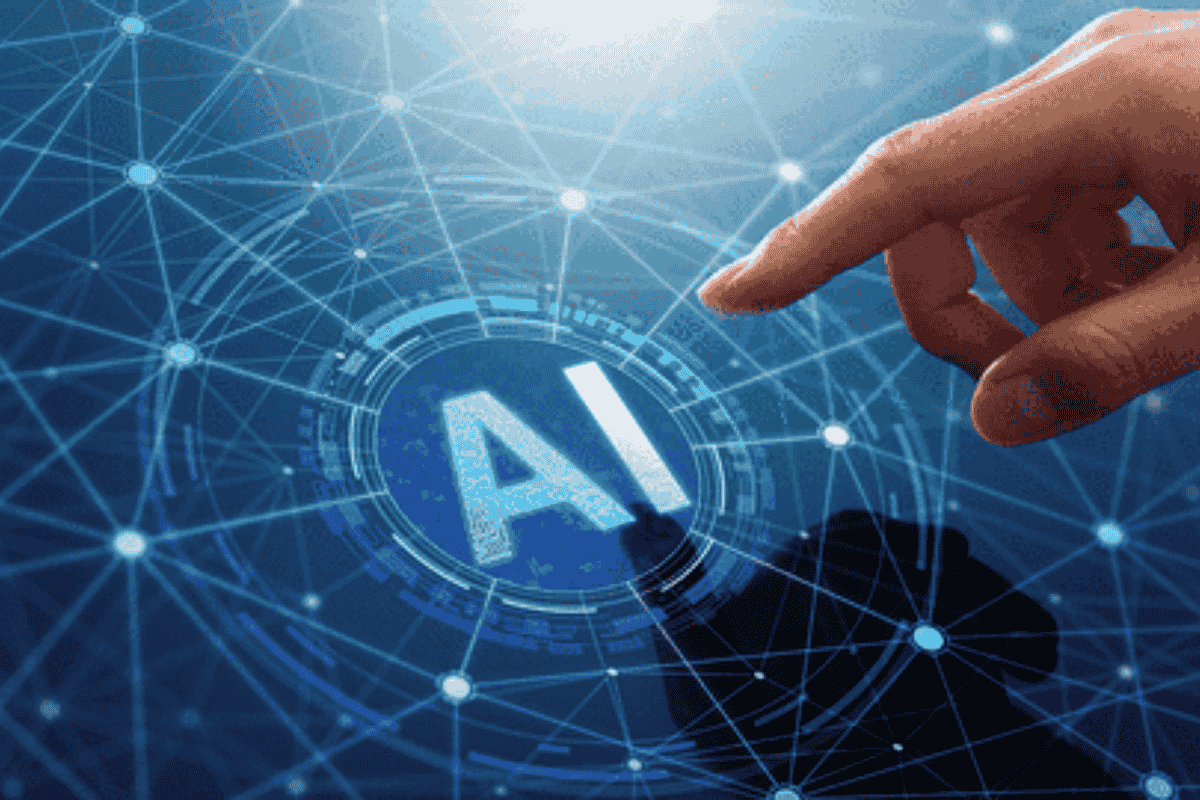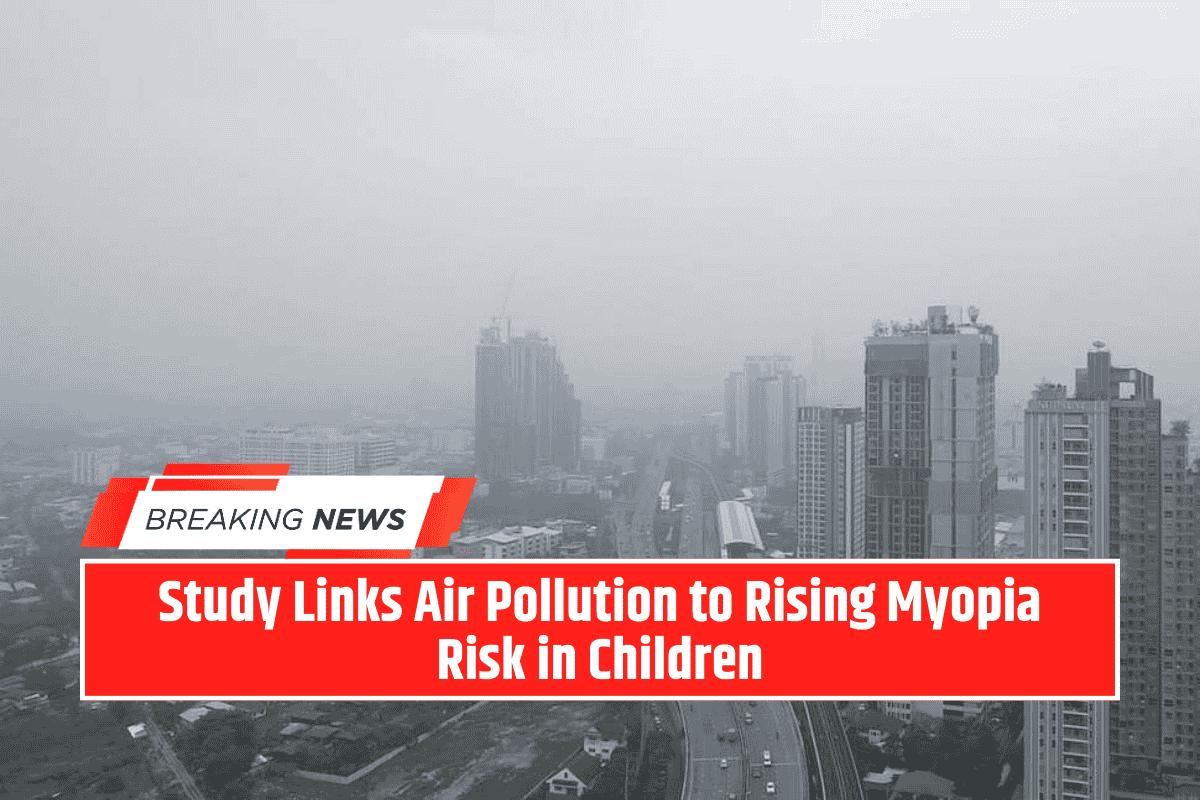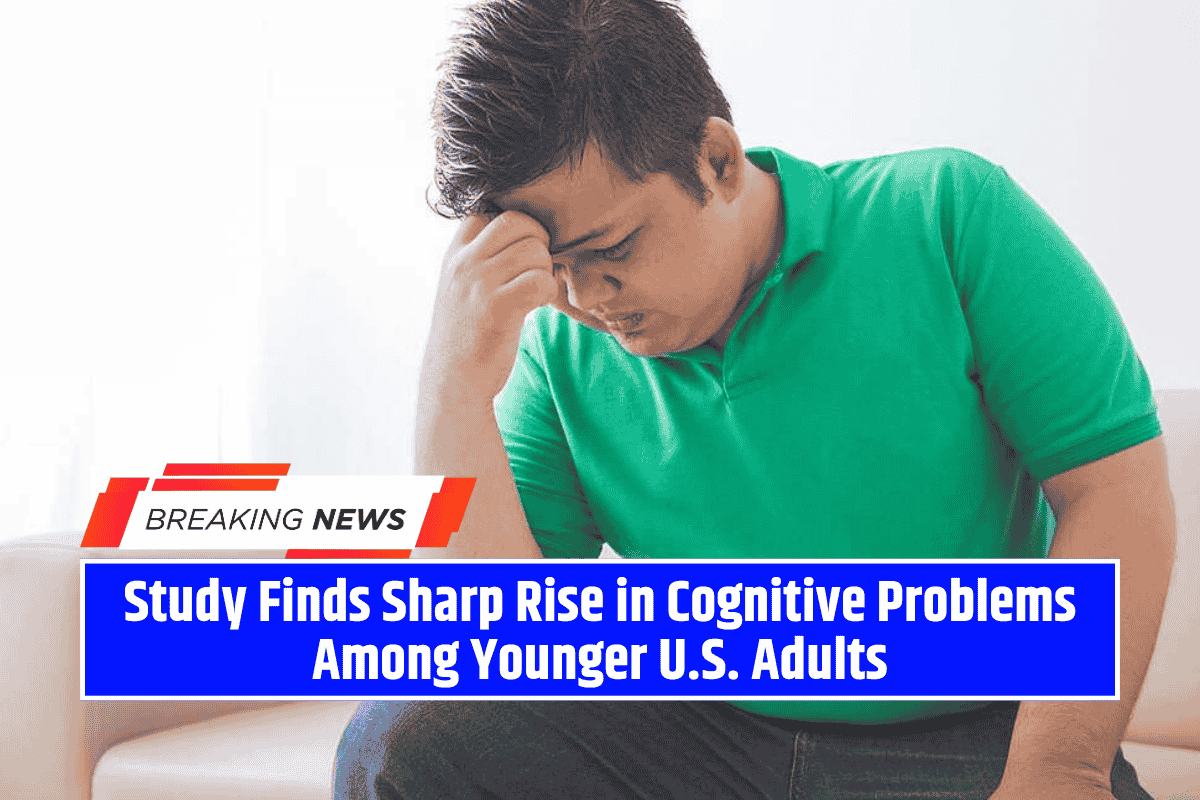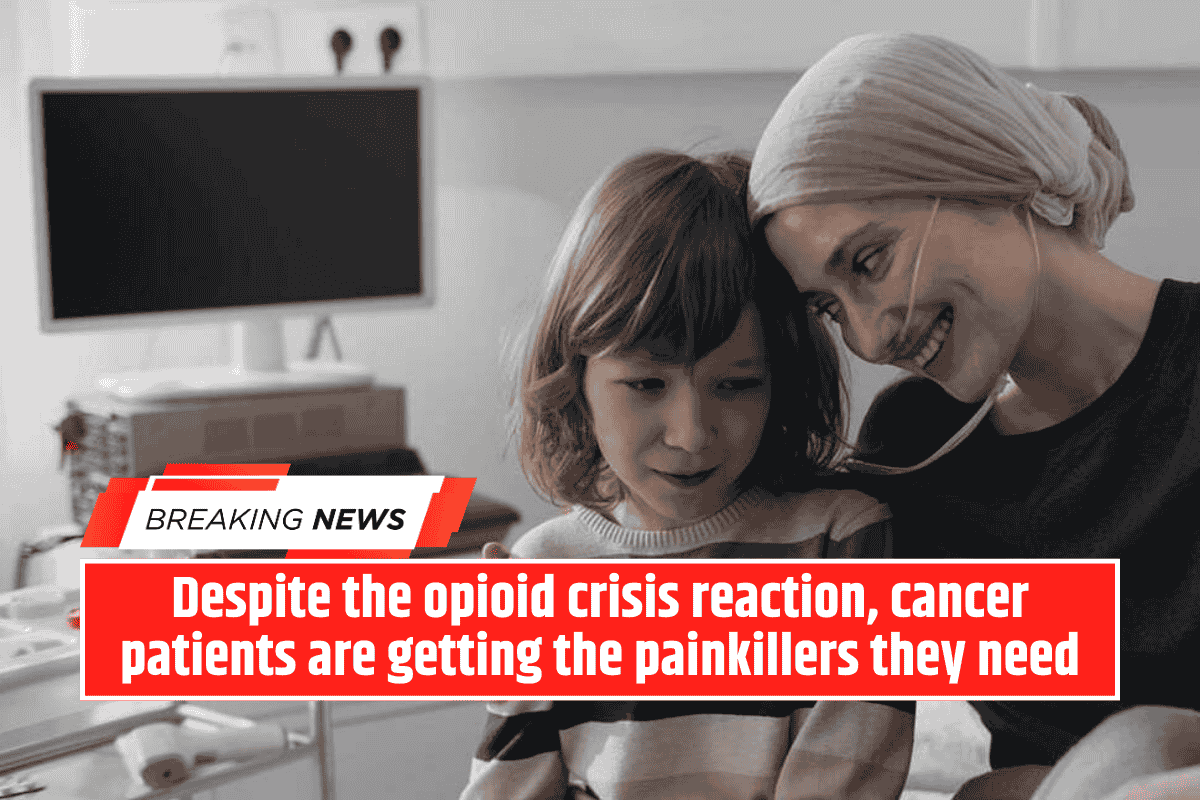Public health across the United States is undergoing a quiet but powerful transformation—and at the centre of it is artificial intelligence (AI). From analysing disease patterns to improving food safety inspections, AI is helping health departments do more with less.
At a time when the public health workforce is shrinking and funding cuts are looming, AI is stepping in to fill critical gaps. More than just a buzzword, it’s becoming an essential tool to save lives, use resources wisely, and reduce health inequalities.
Why AI Matters Now More Than Ever
Nearly 60% of the U.S. public health workforce is expected to retire or leave in the coming years. At the same time, health departments are facing new threats—from pandemics to natural disasters.
As a result, many professionals are turning to AI as a force multiplier—a way to enhance human decision-making, spot problems early, and shift from reacting to crises to preventing them.
As Tatiana Lin of the Kansas Health Institute puts it, “AI doesn’t wait for instructions—it learns, improves, and predicts.” Since 2023, she and her team have trained thousands of public health workers in how to use AI tools effectively, with a strong focus on ethics and accessibility.
AI in Action: Real-World Public Health Examples
Across the country, AI is already transforming how health departments and researchers work. Here are a few key success stories:
1. Chicago’s Food Safety Revolution
Using a decade’s worth of data, Chicago’s health department used AI-powered analytics (SAS Viya 4.0) to review 92,000 inspection records.
The system helped inspectors prioritise high-risk restaurants, reducing the need for manual review and saving over 7,000 work hours. What used to take a team of people a year now takes a week.
2. Smart Faxing During COVID-19
In California, Contra Costa Public Health collaborated with Stanford University to create COVID Fast Fax, a tool that flagged urgent COVID-19 faxes using machine learning. It helped staff triage cases quickly when paper-based systems were overwhelmed.
3. Suicide Prevention Among Tribal Communities
The White Mountain Apache Tribe in Arizona teamed up with Johns Hopkins to use AI to identify high-risk individuals for suicide based on electronic health records. The results led to early mental health intervention and a reduction in repeat crises.
4. Fighting HIV with Data in Georgia
At Emory University, Dr. Carlos Saldana and his team created an AI tool that predicts who is most at risk of acquiring HIV using data on previous infections, age, location, and social vulnerability. The goal is to target interventions more effectively and reduce new infections.
5. Death Surveillance and Verbal Autopsies
Globally, nearly half of all deaths go undocumented. Dr. Abraham Flaxman at the University of Washington is using AI to analyse verbal autopsy interviews and estimate causes of death—faster and cheaper than traditional physician-based models. This could revolutionise mortality data collection in low-resource settings.
The Ethical Side of AI in Public Health
With great power comes great responsibility. AI tools can reflect or amplify existing biases in data, especially when certain groups—like transgender individuals—are underrepresented in records. That’s why public health experts like Ashley S. Love are calling for stronger AI governance and more AI literacy among health workers.
“If public health isn’t at the policy table, biased tools could lead to unfair outcomes,” Love warns. She encourages health professionals to learn how AI works so they can guide decisions around its use.
AI for Education and Capacity Building
Beyond data crunching, AI is also being used to educate and train public health workers. Tools like ChatGPT, Claude, and Canva AI are helping translate complex topics into plain language, making it easier for professionals to upskill—especially in under-resourced areas.
AI is not about replacing humans—it’s about supporting them. As Love explains, AI is like a “blind spot warning system”—it helps ensure important risks don’t go unnoticed, but final decisions still rest with trained professionals.
What’s Next? AI at the 2025 APHA Meeting
AI will be a major focus at the 2025 APHA Annual Meeting and Expo, with presentations on:
- Wastewater surveillance
- Pesticide monitoring
- Cancer screenings
- Police bias detection
- Digital health literacy
- Emergency preparedness
As tools evolve and more case studies emerge, the public health sector is rapidly learning how to use AI ethically, responsibly, and effectively.
Artificial intelligence is no longer just a futuristic idea—it’s already reshaping how public health works in the U.S. From improving inspections to predicting disease outbreaks and guiding interventions, AI is helping health workers do more with fewer resources.
But its success depends on ethical use, community engagement, and strong public health leadership. As the field continues to evolve, one thing is clear: AI will be a vital part of the future of public health—if used wisely.









